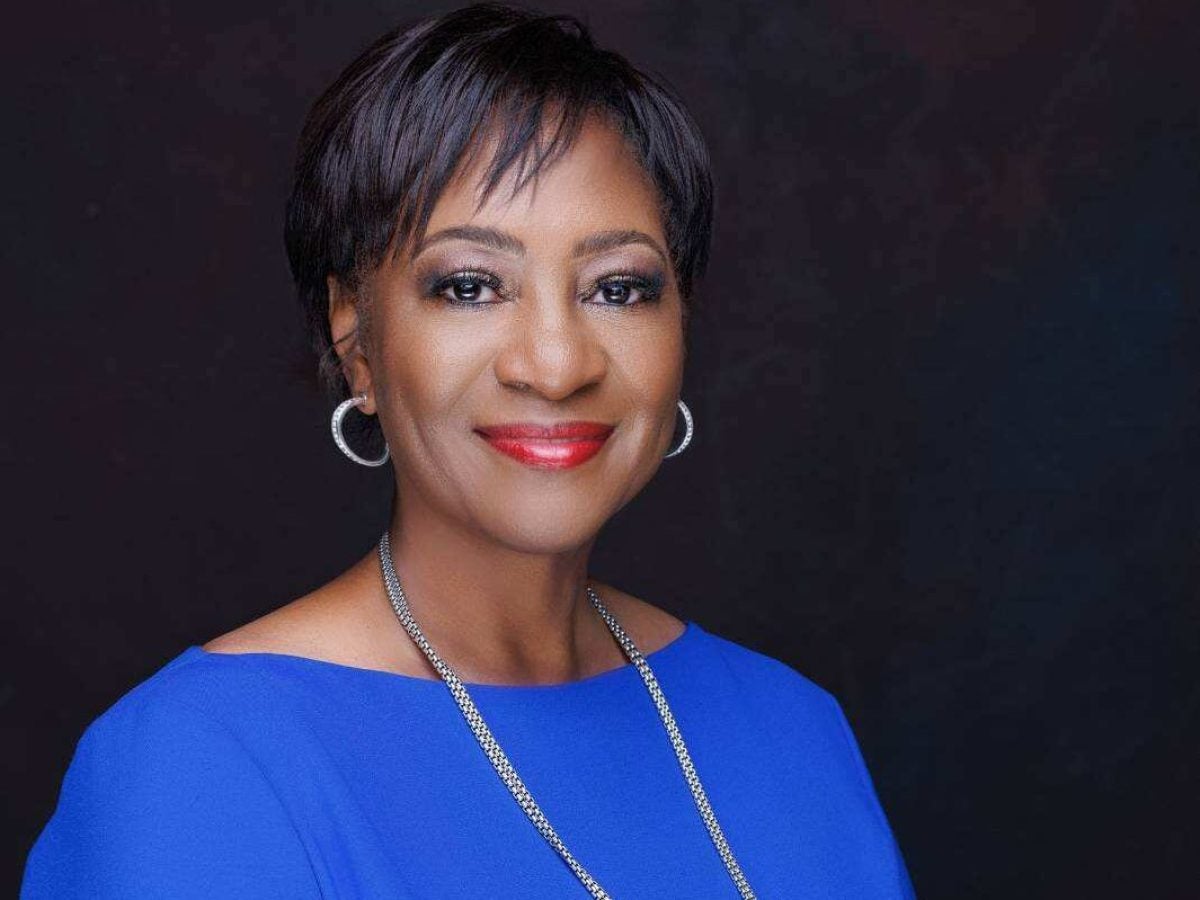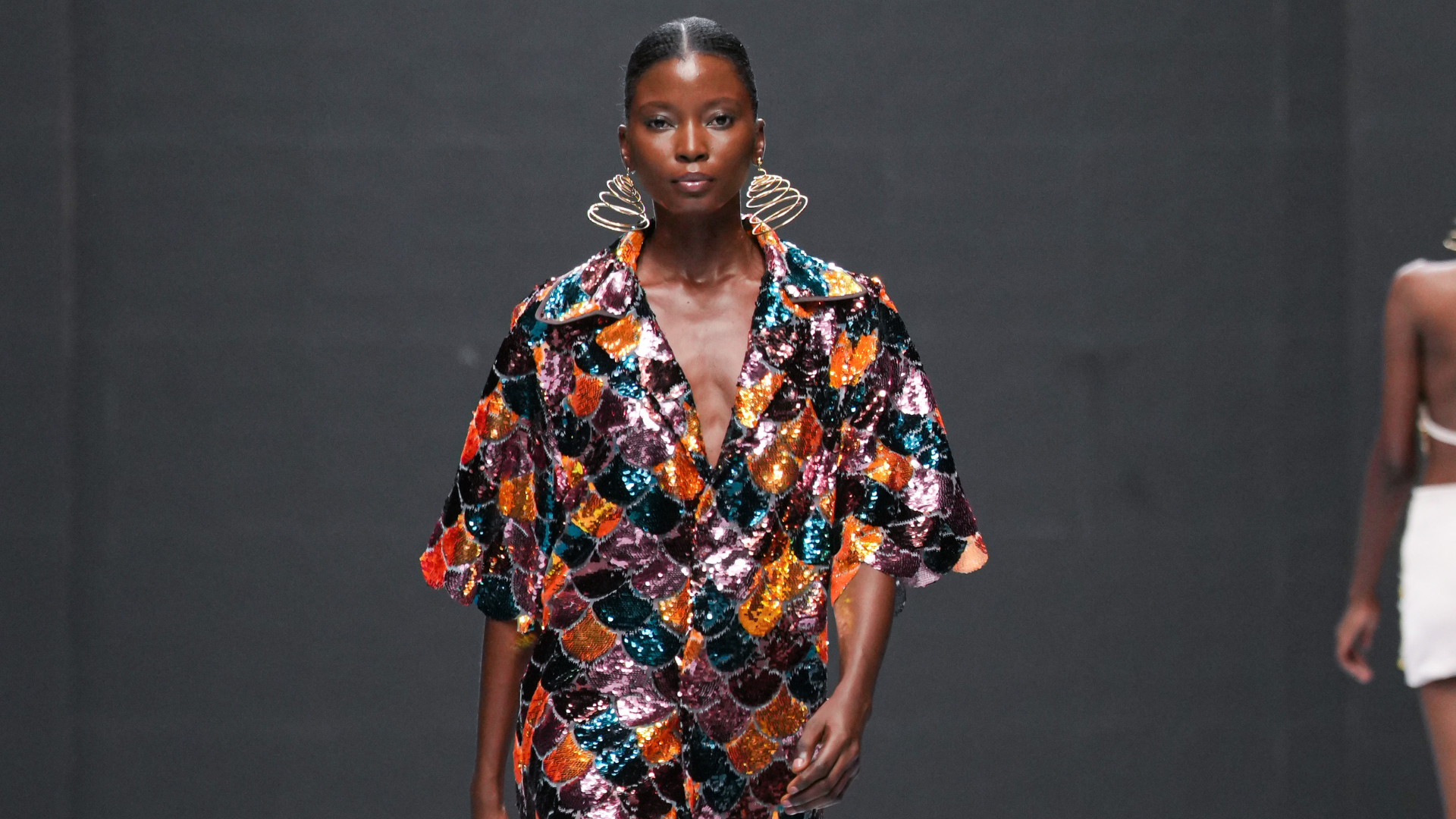
Designers presenting dramatic garbs was the unannounced theme for the latest installment of Lagos Fashion Week. It felt like the audience was anticipating this as they applauded each time there were substantial moments. One highlight? Frank Aghuno the designer behind Fruché orchestrated a carefree performance when a model threw a maxi bag at an attendee. Ugo Monye brought in two surprises; Davido walking down the runway and fellow designer Sandrah Tubobereni who also appeared as a model in menswear pieces. Éki Kéré birthed a stunning collection that consisted of compelling uses of raffia. And a standout from Iamisigo consisted of a gorgeous beaded veil. Many other moments stood out as well—below we’ve compiled them all and I spoke with a few designers to learn about their inspirations too.
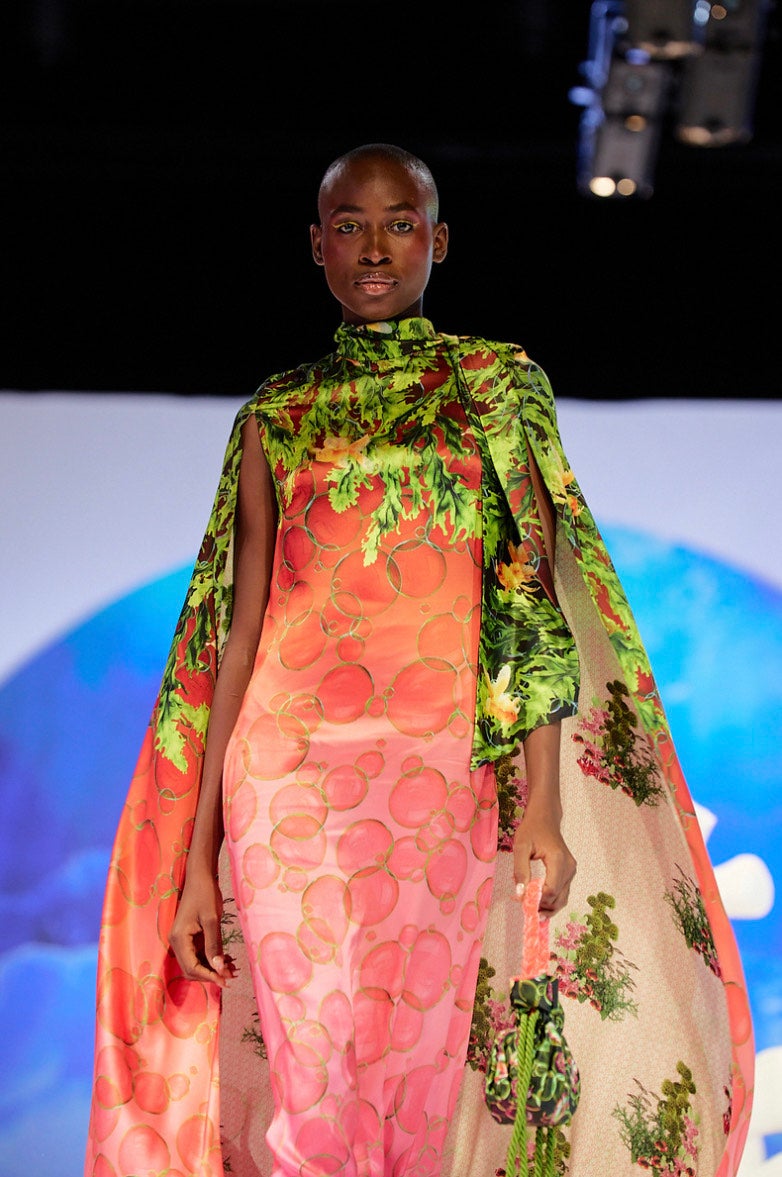
At the Royal Box, a private venue in Lagos, Banke Kuku, set the record straight for her eponymous womenswear brand. The 43-look collection felt like a three-course meal; it featured swimwear, ready-to-wear, and a nightwear lineup. It was beyond marvelous, with the prints holding the weight of the story. The collection was titled “The Oceans” highlighting Kuku’s optimism while shedding light on aquatic bodies, and our duty to care for the planet. The set design was like an Atlantis dream; bold structures of pillars with fish carvings, and seaweed sculptures, with a water bubble maker aside for dramatic bubble effects. What made this collection intriguing were the color choices—Kuki ensured all the prints came in vibrant colors which paired well with shiny floral silk materials. The designs were majestic too—think long kimonos, body-con pieces, and turtle neck capes.
Next, Desirée Iyama showcased an impressive line. Her newest collection was filled with vibrant colors, materials, and garment constructions. And it didn’t matter that the collection was titled “Crab and Lobster, A Timeless Resilience,” each look made an extraordinary statement. From the opening look, it felt sensual, a two-piece with drape work, two fish gowns, one carefully slitted behind, a red-dotted gown, a cozy kimono, and flared pants. “I was inspired by nature’s wonders,” Iyamah said. “Specifically, the crab and lobster’s ability to adapt and thrive in turbulent environments resonated with me. Their resilience and transformative qualities guided my design process, blending elegance with sustainability.”
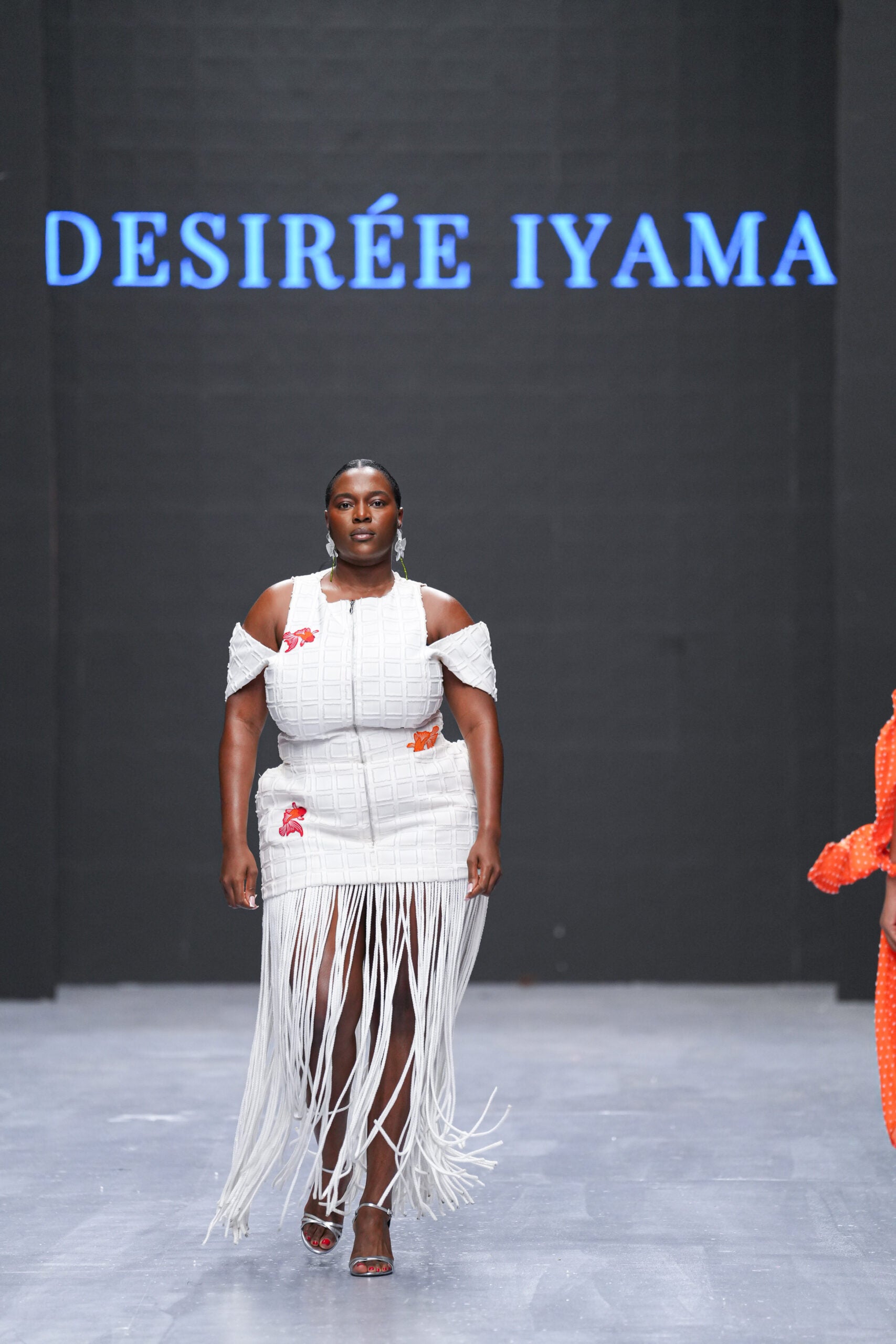
The designer also incorporated 3D embroidery appliqués and lightweight printed fabrics to evoke fluid waves. Elsewhere her collection featured a bouffant gown with an iridescent tulle detail across the chest–it also featured a crab-like embroidery that most of the looks possessed.
For the brand Oríré, their latest collection “Everyday Is A School Day” debuted with an assortment of impressive silhouettes. As the models walked in the creations by Orire Aleshinloye, I spotted a colorful butterfly gown, an off-shoulder dress, three looks in an Oríré denim print, and a pair of black gloves that accompanied the final look. For Aleshinloye, the collection was inspired by the journey through continuous learning. One bubble-hemmed dress in red offered a compelling spin on the ongoing trend.
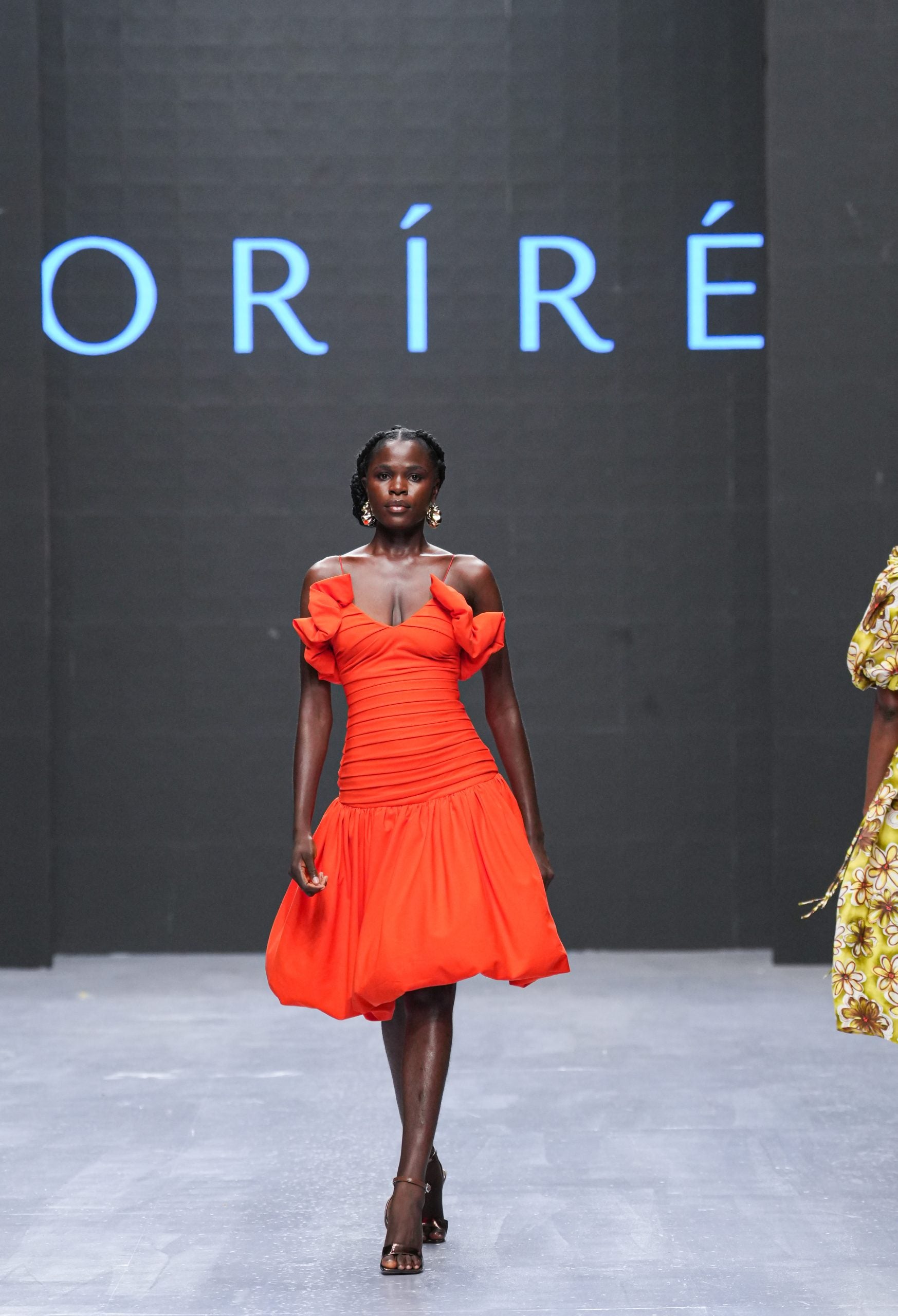
“As a creative and a brand in general, we are [always] forced to learn something new,” Aleshinloye told ESSENCE. “’Every Day Is A School Day’ touches on embracing adaptability and celebrating learning. We see that throughout the collection, we try to work with prints and also bring back old signature styles and make them more refreshing.” She added that she worked with multiple hues and was aiming to fuse the old and new.
Where other designers fail to deliver, Michelle Adepoju’s latest Kíléntár models sauntered down the runway in experimental creations. After making her New York Fashion Week debut a month ago, it felt important to bring home the “Mama Ibeji” collection and to the gaze of 1,000 people at the LFW tent. What ensued was a magnificent collection displayed with the echoes of an oriki or a Yoruba praise poetry.
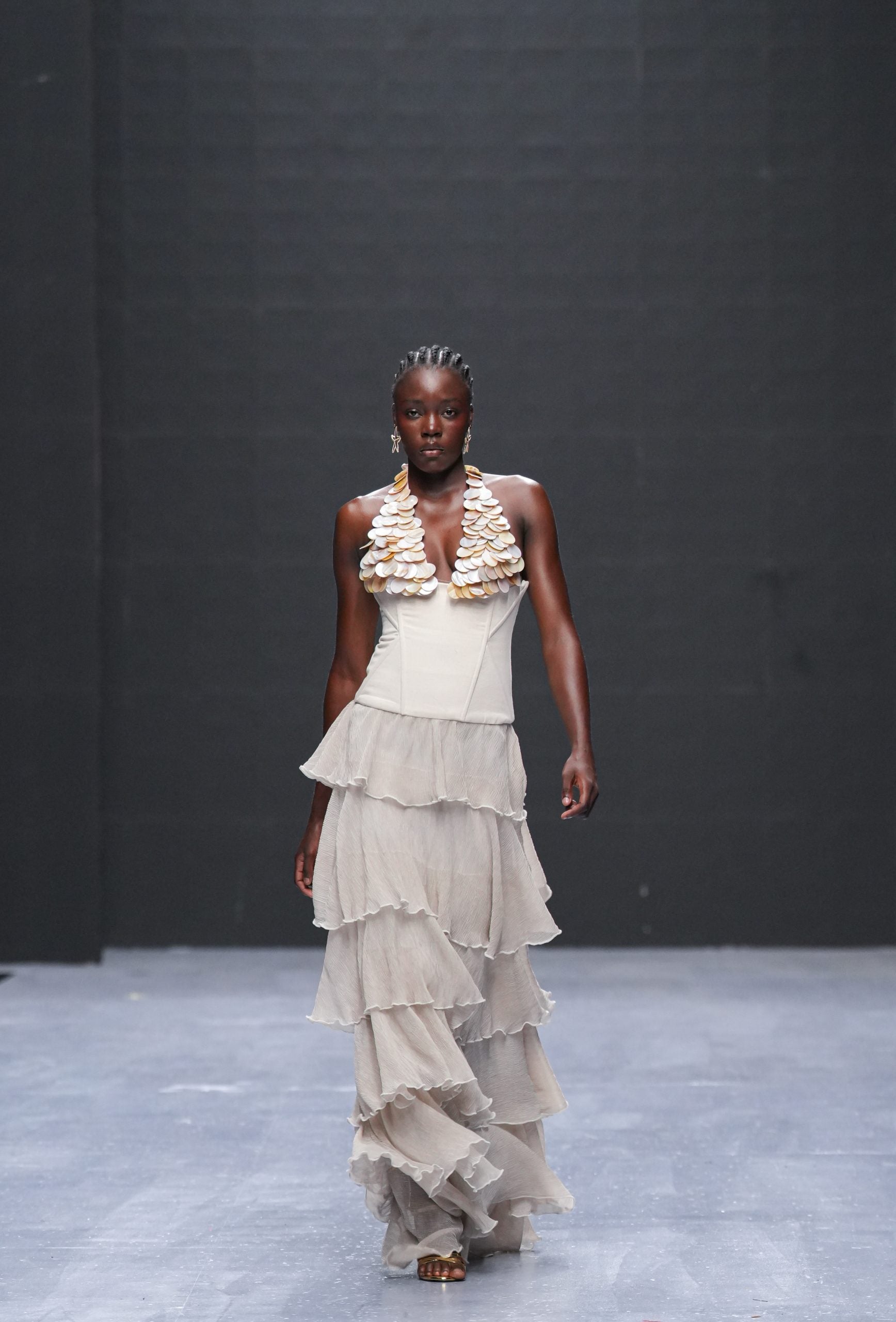
The message of the collection was clear: to craft a newness to feminine glamour while incorporating elements from Yoruba culture. This was seen in detailed storytelling elements through the materials which were sustainable to some extent, featuring an off-chest mini dress sewn with asooke. Adepoju also delivered waves in a slit gown and a white gown ruffled at the hem. A metallic skirt and blouse also made its way down the runway, accompanied by a rose petal mini gown. There was also on off-shoulder blouse I enjoyed which was worn with a layered skirt.
Oshobor Odion Peter made a fiery statement, choosing red for every look while taking us to the Benin kingdom, and shining a spotlight on the Oba’s courtroom. The queen opened the show with a red gown made of fringe then the maidens entered with a golden belt around their waists. Subsequently followed by the royal guards then the advisors donned creamy constructions, next came the chief priest, and lastly the king himself.
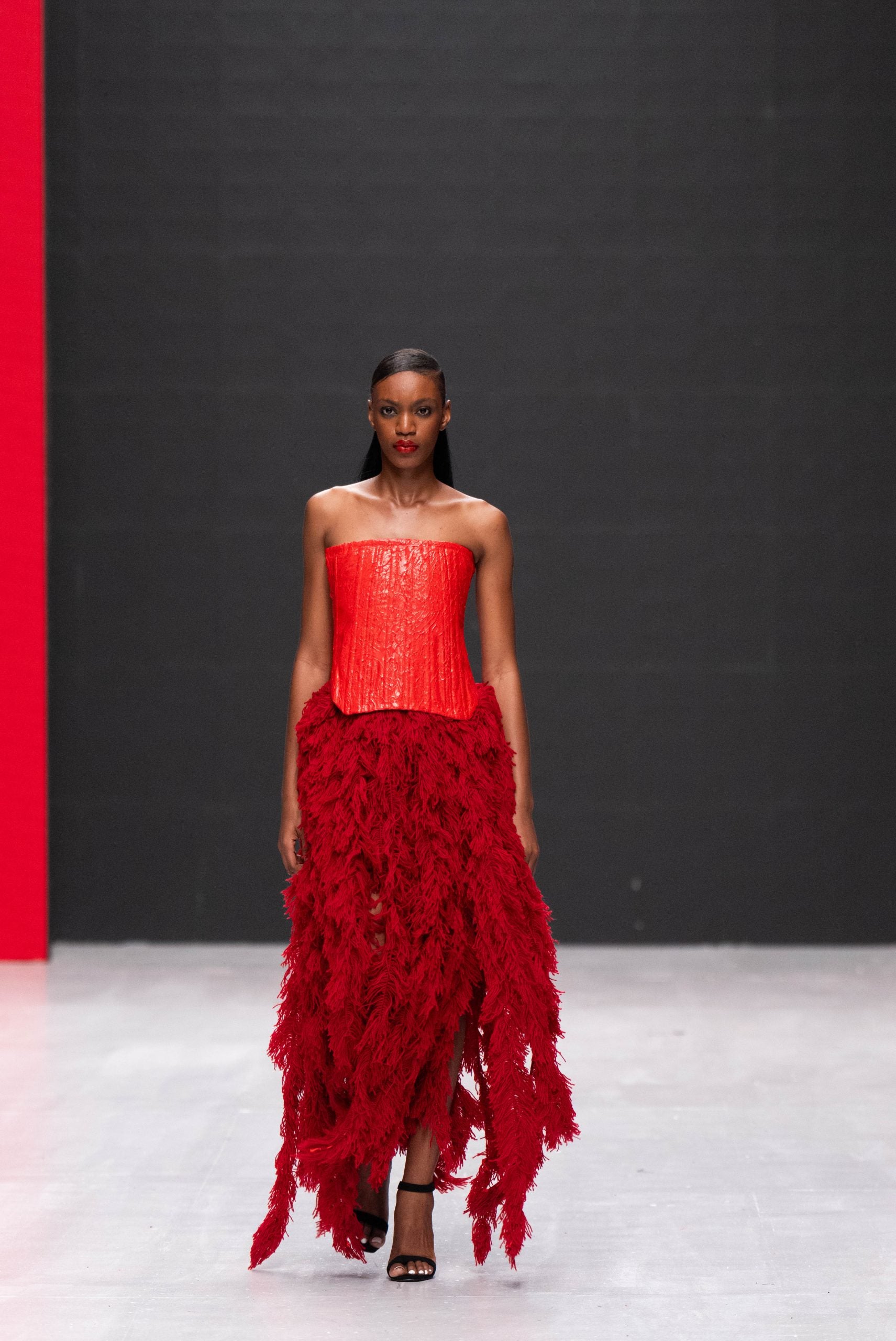
Despite the debut of their SS25 collection in Paris a month ago, Lagos Fashion Week witnessed a Lagos Space Programme presentation as models walked the runway to the rhythm of the Yoruba talking drums. The collection titled “The New Lagos Look” features a new play with materials; especially denim; denim coats, open-chested denim jackets, blazers, a metallic waist belt, crop hoodies, maxi pants, and long open-chested shirts with some models accessorized in unique neck pendants.
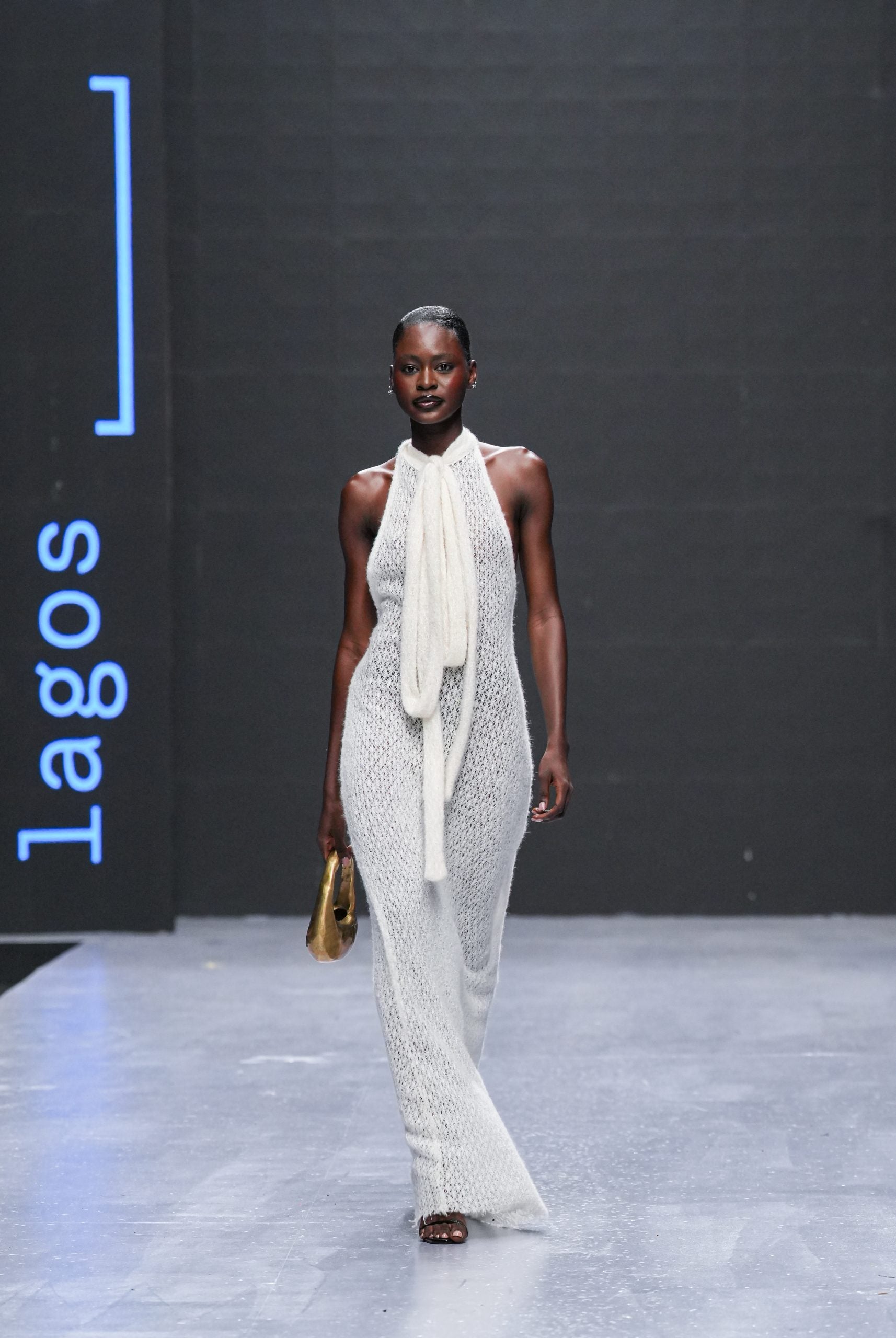
One of the obvious setbacks at this year’s Lagos Fashion Week was embracing the comfort zone. It felt like a few designers were not ready to take risks and create more elaborate designs that the audience hadn’t seen on the runway. A woman sitting beside me on day three mentioned how she felt like some designers were still following the Pinterest form of fashion. I agreed with her–and it pointed to why some designs from two or so designers ended up looking similar but with different fabrics and color choices. While I understand the hard work designers put in and how there is a major concentration around a specific group of looks which they take as their strongest armor, leaving the rest as a collection filler was a choice. Regardless, brands like Oshobor and Ugo Monye reinvented their codes and created elevated versions of their designs.
In total, there was a bit of experimentation at this year’s Lagos Fashion Week, especially in materials, garment construction and in the stories associated with each collection. I witnessed the use of jute fabrics and metallic two pieces from Kíléntár, thick knits from loves from Jules, and beadwork from Iamisigo. It was a delight to take in designers who are pushing the bar higher regarding what is already known and creating innovative designs that push the industry forward here in Nigeria.






